The artifact, now in the great Louvre Museum in Paris, is of great importance because it has long been believed that it contained a reference to David himself. One line of the inscription – line 31 – contains the words bt[d]wd, or “House of David.” This reading is now doubted, but the text has become perhaps even more interesting from a biblical perspective. The Mesha Stele is named for the ancient Moabite king Mesha who rebelled against Israelite rule. Mesha had the inscription made to commemorate his victory against Israel, but if the text does not mention David, what does it say?
Scholars Israel Finkelstein, Nadav Na’aman, and Thomas Römer recently re-examined high resolution photographs of the inscription and proposed a new reading* – showing that it does not likely reference the “House of David,” but rather the Moabite King Balak. According to the Balaam story recorded in Numbers 22–24, this was the name of the king who sought to bring a divine curse on the people of Israel. The main dwelling of the king was said to be at Horonaim, a location mentioned four times in the Old Testament in relation to the territory of the nation of Moab.
“Thus” the researchers write, “Balak may be a historical personality like Balaam, who, before the discovery of the Deir Alla inscription, was considered to be an ‘invented’ figure.” The Deir Alla inscription mentioned by the scholars relates visions of “Bal’am, son of Be’or,” a “seer of the gods,” who may be the same Balaam mentioned in Numbers 22–24.
The archaeological occurrence of biblical names cannot always be considered “proof” of the existence of the individuals mentioned in the Scriptures because it is always possible that the attested names are those of other individuals with the same name from the same location. In this case, there may possibly have been another, later Balak, perhaps named after the first one. But this can still be seen as vindication of the biblical tradition of kings of that name in that region.
If David is not mentioned on the Mesha Stele, he is still likely archaeologically attested on another ancient artifact – the Tel Dan Stele. In that stone monument, another adversary describes his victories over ancient Israel and Judah and mentions the House of David. Both the Mesha Stele and the Tel Dan Inscription record victories over the Israelites by their enemies, just as had been biblically predicted (Deuteronomy 28:25). But it seems now that the artifacts also help flesh out the reality of not one, but two biblical characters – on the one hand the celebrated King David, and on the other, a lesser known King Balak.
* In an article published in The Journal of the Institute of Archaeology of Tel Aviv University.
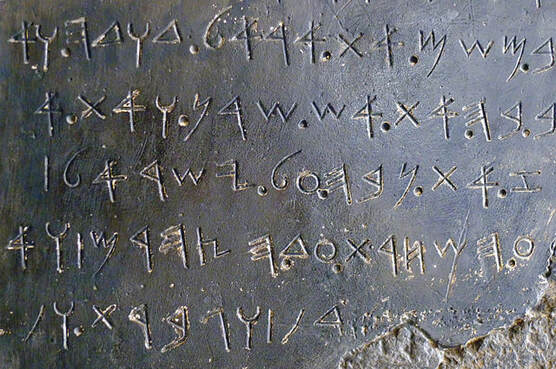



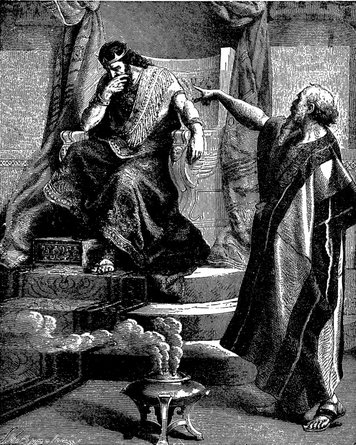


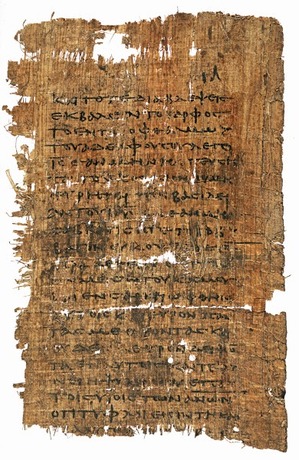

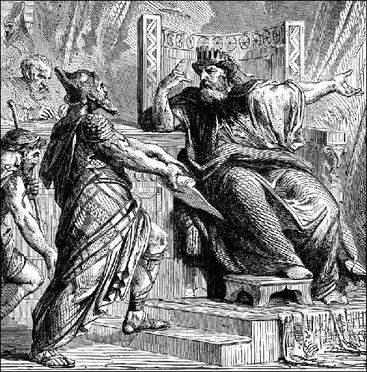

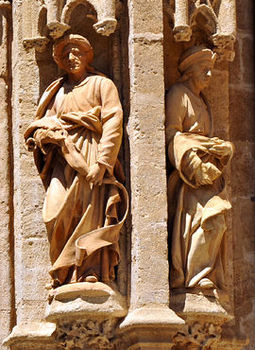
 RSS Feed
RSS Feed
